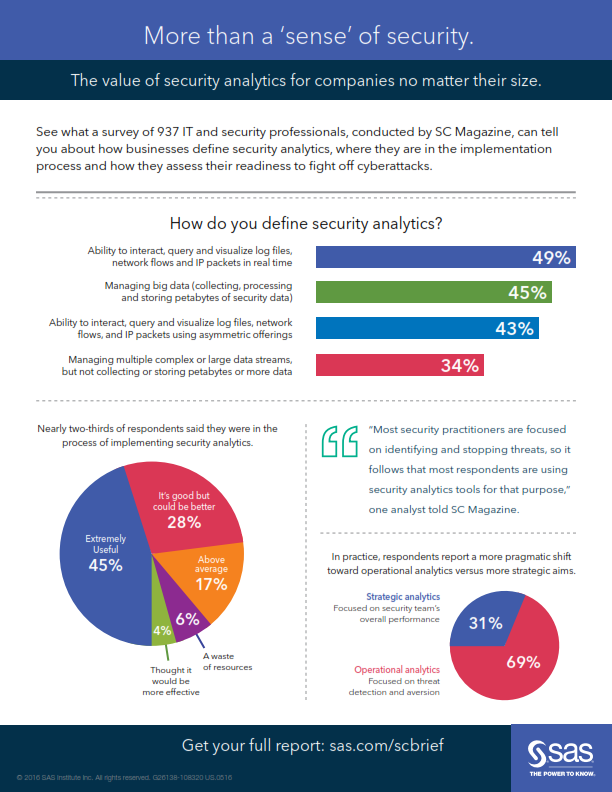Security and privacy have been an integral concern of the IT industry since its very inception, but as it expands through web-based, mobile, and cloud-based applications, access to data is magnified as are the threats of illicit penetration. As enterprises manage vast quantities of data, they find themselves exposed to regularly revised malicious attacks through complex malware which today has many more access portals than our previously unconnected infrastructures provided. Moreover, thanks to innovations in the Internet of Things (IoT), more data is being collected than ever before, much of it highly personal and particularly sensitive. Of course, the value we gain through big data analytics means we’ll be seeing greater collection and storage of such personal data in the years to come—so a focus on data security is imperative.

The security of the infrastructure, tools, and processes of a platform play a significant role in the overall security of data, and with an upsurge in the availability of low-cost and free platforms, one has to consider the vulnerability to hacking. This isn’t to suggest that because a solution is cheap or free it isn’t a quality build – though this can, of course, be the case – but the very fact that it is developed to be so readily available to many means there are far more Vulnerabilities that need to be adequately secured. When considering data security, we often study the storage facilities and access requirements for these vaults; it’s easy to forget about the security of the platforms that collect, access, and analyse this information.
Although the adoption of IoT devices continues to grow, many of the more personal devices remain highly insecure. Users often falsely believe that the information they’re collecting can have no value to anyone else and so they fail to activate safeguards. Unfortunately, in the hands of the wrong person, just about any data can be dangerous, and of further concern is the fact that some IoT devices make access to other smart devices and their data possible, creating a security loophole.
The development and adoption of the cloud is probably one of the most important and beneficial IT trends of recent years, but with the many tools and enhanced accessibility cloud platforms provide comes a heightened risk to data security and privacy. For organizations using big data and cloud platforms, cloud security should be a top priority.
Regrettably, many making use of cloud platforms assume that relevant controls and defenses are in place without properly analyzing the underlying structures. And making the situation more challenging is the constant development and improvement of cloud platforms and tools; having the requisite knowledge to understand what security measures should be in place is a full-time job for an expert and leaves little time for anything else.
Fortunately, cyber security can help organizations by providing an essential layer of cyber analytics to enhance existing security defences. Big data analytics has a place in just about all environments, not least of all security. Enhancing cloud data security, device security, platform security, and much more, cyber analytics used to the advantage of cyber security delivers insights into security gaps existing in systems, exposes breaches which have already occurred, and identifies areas which may be more prone to attack. SAS Cybersecurity is one solution that puts an organization’s information to use countering cyber attacks, putting the advanced and predictive analytics in the hands of the experts. By implementing a trusted and dexterous cyber security solution, network visibility can be magnified, threats quickly identified and acted upon, and data appropriately whittled down for more accurate analysis and recognition of risks.
Data privacy and security should always be a top priority, but when the necessary steps are taken it needn’t cause sleepless nights. Although it’s always advantageous to have as much information as possible, the IT security landscape is too broad for all of us to be specialists. Implementing the right solutions negates risks and vulnerabilities and leaves companies free to focus on their core activities.
Article sponsored by SAS Software and Big Data Forum
By Jennifer Klostermann





